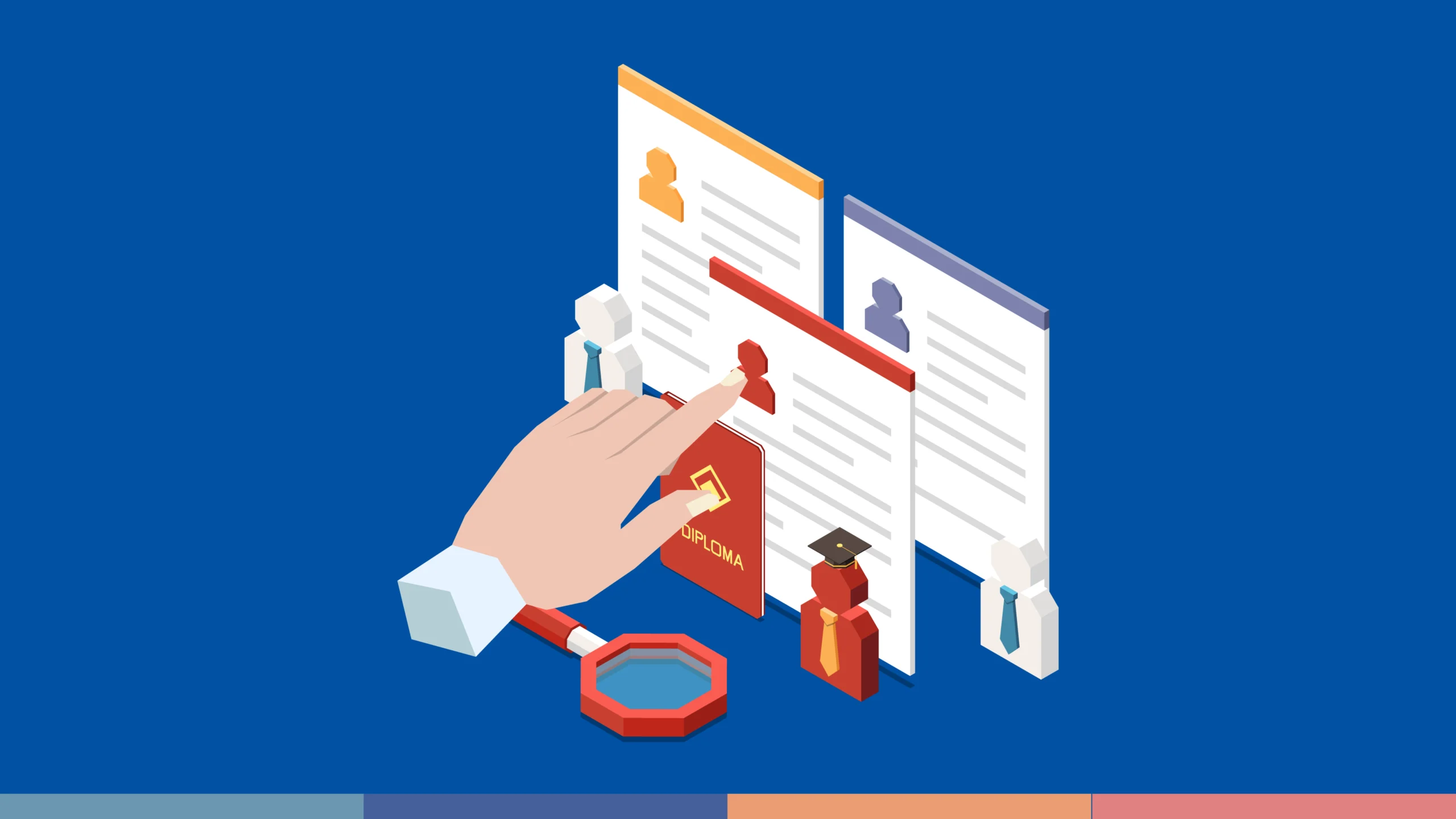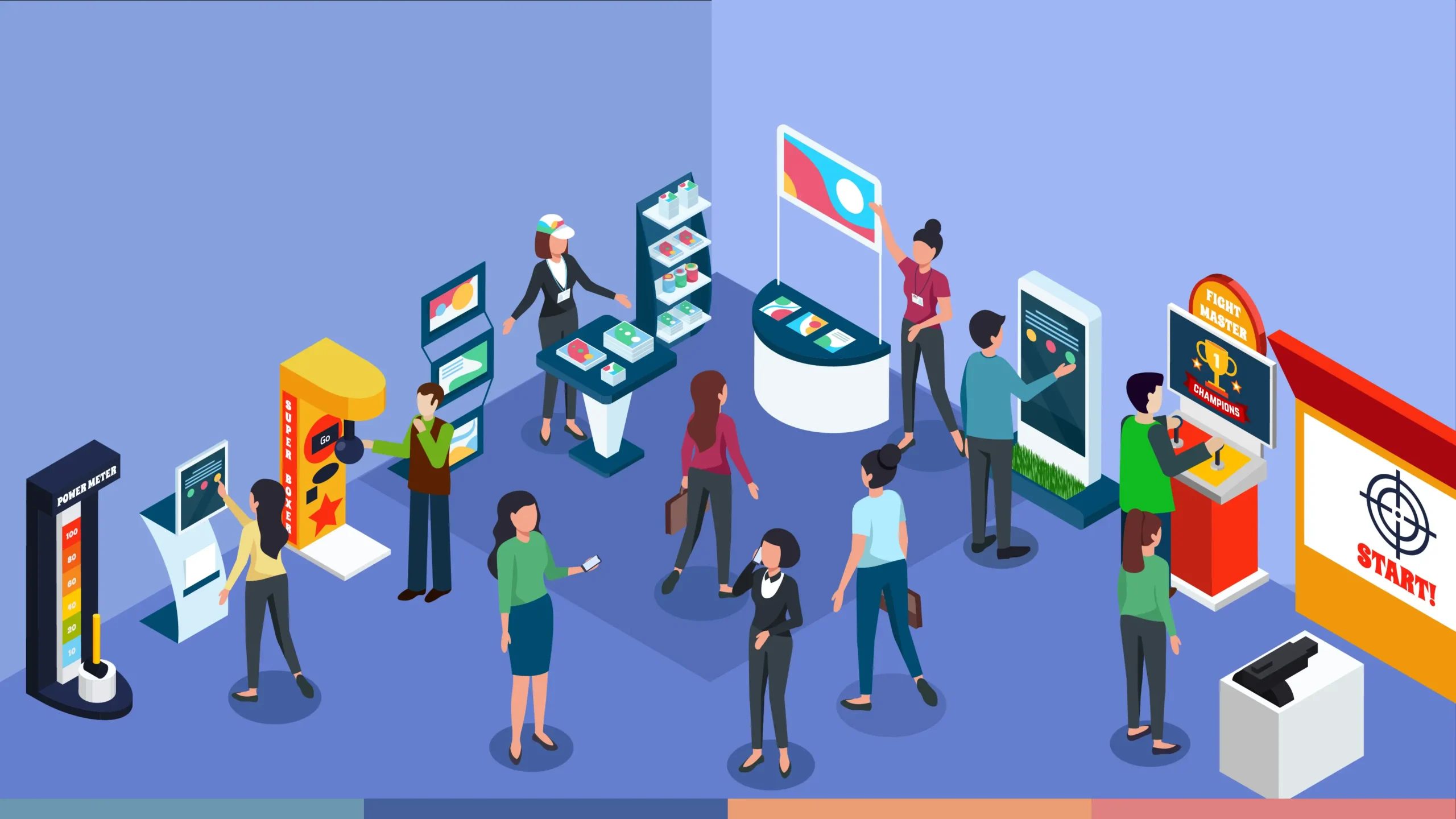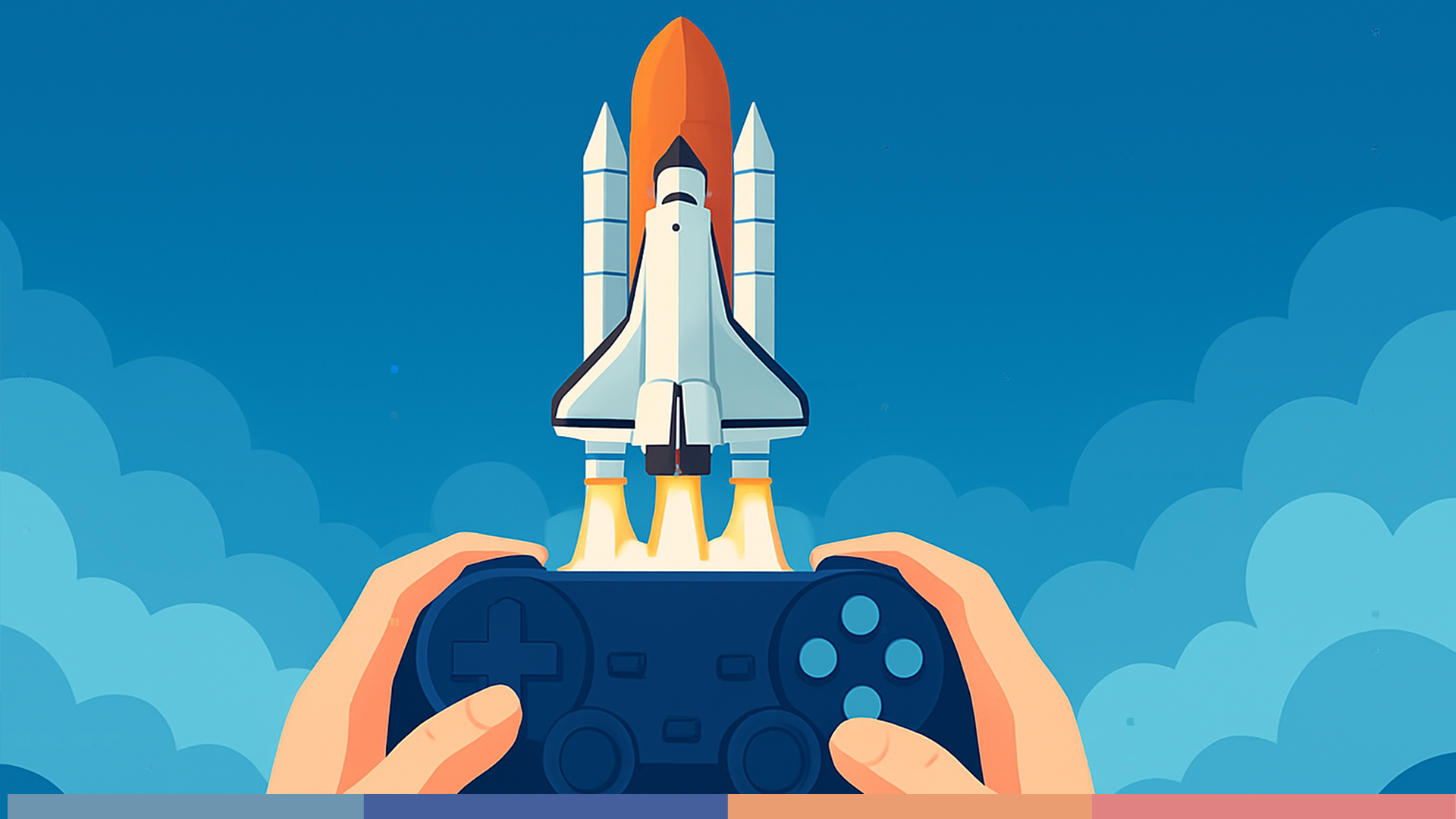Games as a Safe Space to Fail: Redefining Gamification

I recently introduced video games to someone who had never really thought about playing them before. Sure, this person had played a simple game of Monopoly and had dabbled a bit with video games thanks to their younger sibling, so not in a way that this person actually got into it. So, there we were— I introduced this person to a competitive racing game where you can collect power-ups along the track to either hinder your opponents or boost yourself for a competitive edge (you probably know the game I’m talking about). I also showed them a classic Japanese party game from 1996 that veteran gamers will instantly recognize. After just two to three rounds, this person had enough. They couldn’t handle the idea of losing because they weren’t familiar with the controls and were too afraid to compete again. From then on, I wondered whether video games, instead of bringing joy, might do the opposite. This thought led me to another question: “If video games can sometimes be unenjoyable, could gamification tools also potentially fail to bring joy or be less effective than we think?”
In our previous discussion, we explored how games create a unique environment where failure is not only safe but integral to the learning process. Research by F. Eamonn Powers and Robert L. Moore highlighted the importance of failure in game-based learning (GBL), showing that when failure is embedded into educational games, it can lead to deeper, more meaningful learning experiences. Similarly, the work of Natalia Hefkaluk and colleagues demonstrated how players of challenging games like Celeste use failure as a stepping stone to mastery, developing persistence and problem-solving skills that are valuable both in games and in real life.
This understanding challenges the traditional methods of gamification often employed in educational settings. Conventional gamification, which relies on points, badges, leaderboards, and rewards, often mirrors the traditional grading system. These methods, while designed to motivate, can inadvertently create pressure, leading to unhealthy competition, stress, and even cheating among students. This article will discuss how a reimagined approach to game-based learning can better address these issues, making learning itself fun and encouraging students to embrace failure as part of the journey.
1. Moving Beyond Traditional Gamification
Traditional gamification methods—points, badges, leaderboards, and rewards—often replicate the very systems they seek to improve. While these tools can provide short-term motivation, they share many of the same pitfalls as traditional grades and rankings. When students are overly focused on earning points or climbing leaderboards, the emphasis shifts from learning to performance. This can lead to increased pressure, anxiety, and a higher likelihood of cheating as students strive to achieve the highest scores at any cost.
This is a significant issue because it reduces learning to a transactional process, where the ultimate goal is to obtain a reward rather than to understand and engage with the material. Such an environment discourages risk-taking and creativity, as students may choose safer, less challenging paths to ensure they achieve the desired outcome. Moreover, this focus on extrinsic rewards can diminish intrinsic motivation, the very drive to learn for the sake of learning itself.
To truly harness the potential of games in education, we need to move beyond these superficial gamification tactics. Instead of merely rewarding achievement, we should focus on creating learning experiences that are inherently enjoyable and fulfilling, where the act of learning is its own reward.
2. Game-Based Learning: A New Approach to Engagement
Game-based learning (GBL) offers an alternative by making the learning process itself engaging, where the journey is just as important as the destination. In this approach, failure is not punished but embraced as a necessary part of growth. Games are designed to be challenging yet achievable, encouraging students to try different strategies, learn from their mistakes, and keep pushing forward.
The research by Powers and Moore highlights how games can operationalize failure in a way that supports learning. Rather than discouraging failure, GBL incorporates it into the experience, allowing students to explore, experiment, and discover solutions on their own terms. This aligns with the concept of “failing forward,” where each failure is a learning opportunity that brings the player closer to mastery.
For example, in a well-designed educational game, a student might face a difficult challenge that requires multiple attempts to overcome. Each time they fail, they gain new insights, adjust their approach, and try again. This iterative process not only builds resilience but also deepens their understanding of the subject matter. The satisfaction comes not from a score or badge but from the intrinsic joy of overcoming a challenge through perseverance and creativity.
3. Reimagining Assessment through Games
Game-based assessment (GBA) also benefits from this approach, shifting away from static tests and towards dynamic, interactive experiences that measure a student’s ability to apply knowledge in real-world scenarios. In a game, assessment can happen organically as part of the gameplay. Instead of being graded on a one-time performance, students are evaluated on their ability to persist, adapt, and learn from their mistakes over time.
This type of assessment is far more aligned with the skills needed in real life, where the ability to bounce back from setbacks and continuously improve is often more valuable than getting it right the first time. By embedding assessment within the game itself, educators can create a more holistic evaluation that captures not just what students know, but how they think, solve problems, and grow over time.
Anderson’s study on Virulent exemplifies this, showing that students who encounter and overcome failures within the game context often achieve greater learning gains than those who do not. By reflecting on their failures and discussing strategies with peers, students develop a deeper understanding of the content and build skills that are transferable beyond the game.
4. Implementing Game-Based Learning in Schools
For schools to effectively integrate game-based learning, it’s essential to design these experiences with the right focus. The goal should be to create games that are challenging yet rewarding, where the process of learning is enjoyable and where failure is a natural and accepted part of the journey.
To achieve this, schools should collaborate with game designers who understand the educational goals and can create experiences that are both engaging and educational. This collaboration is crucial to ensure that the games are not just entertaining but also pedagogically sound, fostering an environment where students feel safe to explore, fail, and learn.
5. Partnering with Gamification Companies for Meaningful Learning
One of the ways to implement such an approach is by working with companies that specialize in creating educational games. Level Up, powered by Agate, is one of those companies that can help institutions develop game-based learning tools that prioritize the learning process over mere rewards. They focus on creating experiences where learning is the central element, and failure is seen as a valuable part of the educational journey.
By partnering with companies like Level Up, schools can access the expertise needed to design and implement games that truly enhance the learning experience. These collaborations can ensure that the games align with educational standards and are capable of delivering the deep, engaging learning experiences that students need to thrive in today’s world.
Conclusion
To unlock the full potential of games in education, we must move beyond traditional gamification tactics and embrace a new approach where learning itself is the reward. Game-based learning and assessment offer powerful tools for creating educational environments where students are encouraged to explore, experiment, and learn from failure without fear of judgment or punishment. By partnering with companies like Level Up powered by Agate, educational institutions can develop the tools needed to implement this innovative approach, paving the way for a future where learning is as engaging as it is educational.
If you are interested in learning more about gamification and how it can benefit you or your organization
Check out our gamification services page and contact us today. We are ready to help you create a gamification experience that aligns with your needs and preferences.
The Authors

Junialdi Dwijaputra

Dias Setyanto
Related Articles
- All Posts
- All-EN
- Service Highlight-EN
- News-EN
- Education-EN









